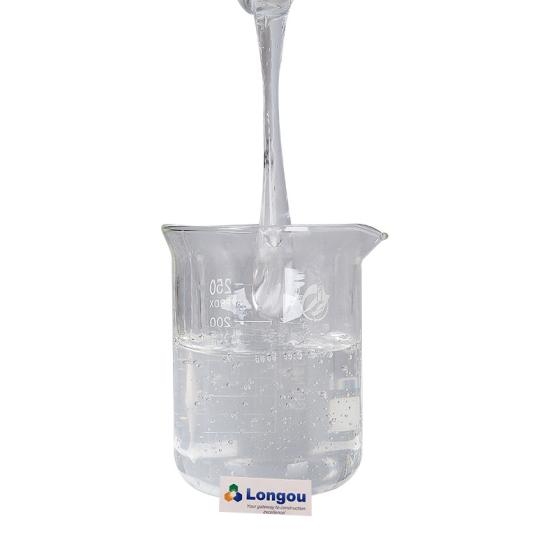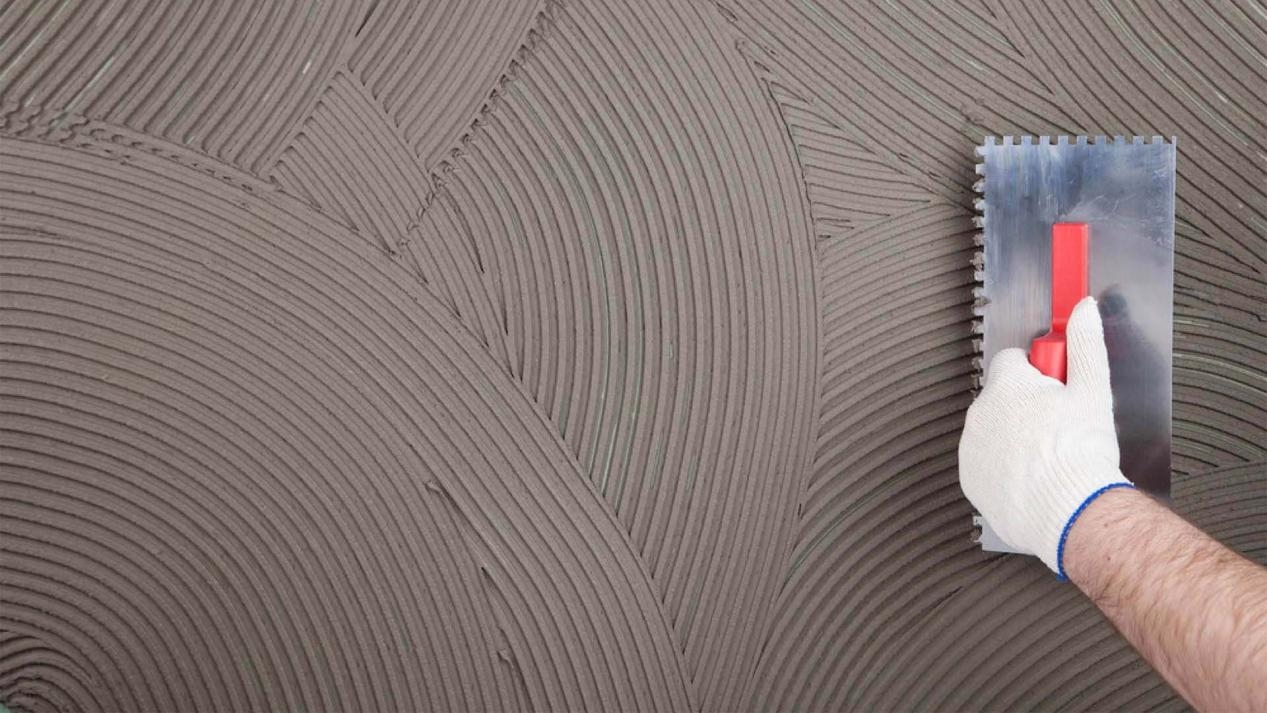Hydroxypropyl methylcellulose with a viscosity of 100,000 is generally sufficient in putty powder, while mortar has a relatively higher requirement for viscosity, so a viscosity of 150,000 should be selected for better use. The most important function of hydroxypropyl methylcellulose is water retention, followed by thickening. Therefore, in putty powder, as long as the water retention is achieved, a lower viscosity is also acceptable. Generally speaking, the higher the viscosity, the better the water retention, but when the viscosity exceeds 100,000, the effect of viscosity on water retention is not significant.

Hydroxypropyl methylcellulose is generally divided into the following categories according to viscosity:
1. Low viscosity: 400 viscosity cellulose, mainly used for self-leveling mortar.
Low viscosity, good fluidity, after adding it will control the surface water retention, water seepage is not obvious, shrinkage is small, cracking is reduced, and it can also resist sedimentation, enhance fluidity and pumpability.
2. Medium-low viscosity: 20,000-50,000 viscosity cellulose, mainly used for gypsum products and caulking agents.
Low viscosity, water retention, good construction performance, less water addition.
3. Medium viscosity: 75,000-100,000 viscosity cellulose, mainly used for interior and exterior wall putty.
Moderate viscosity, good water retention, good construction and hanging properties
4. High viscosity: 150,000-200,000, mainly used for polystyrene particle insulation mortar glue powder and vitrified micro-bead insulation mortar. High viscosity, high water retention, mortar is not easy to fall off, flow, improve the construction.

Generally speaking, the higher the viscosity, the better the water retention. Therefore, many customers will choose to use medium-viscosity cellulose (75,000-100,000) instead of medium-low viscosity cellulose (20,000-50,000) to reduce the amount added and thus control costs.
Hydroxypropyl methylcellulose (HPMC) is a semisynthetic polymer that is commonly used in various industries, including construction, pharmaceuticals, and food production. The viscosity of HPMC is an important property that determines its performance in different applications.
The viscosity of HPMC is influenced by factors such as the degree of substitution (DS), molecular weight, and concentration of the HPMC solution. Generally, as the degree of substitution and molecular weight of HPMC increase, so does its viscosity.
HPMC is available in a range of viscosity grades, typically measured in terms of its "molecular weight" or "methoxyl content." The viscosity of HPMC can be modified by selecting the appropriate grade or by adjusting the concentration of the HPMC solution.
In construction applications, HPMC with higher viscosity is often used to improve the workability and water retention of cement-based materials. In pharmaceuticals, viscosity is an important factor in controlling the release rate of active ingredients in drug formulations.
Therefore, understanding the viscosity of hydroxypropyl methylcellulose is crucial for selecting the right grade for specific applications and ensuring the desired performance characteristics.
Post time: May-30-2024





